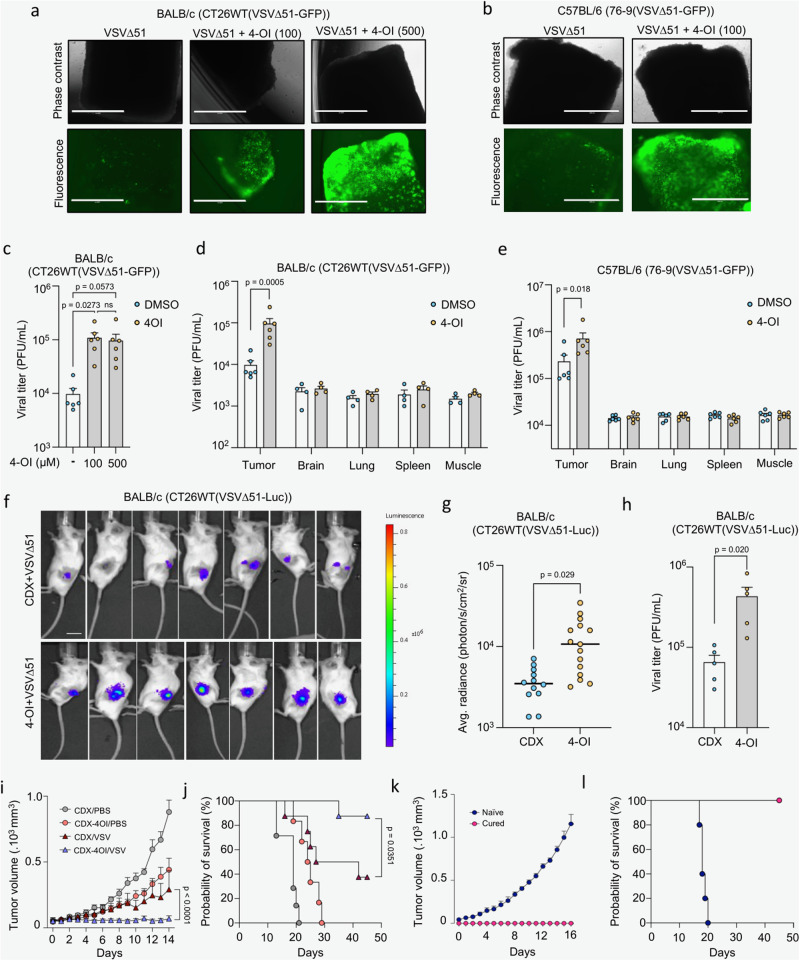Fig. 2. 4-OI enhances VSVΔ51 infection ex vivo in murine tumor cores and improves its efficacy in vivo.
a–c BALB/c-derived CT26WT tumor cores pretreated with 4-OI at different concentrations for 4 h before VSVΔ51-GFP challenge (3 × 104 PFU). Representative fluorescence images (scale bars, 1000 μm) shown in (a) with viral titers determined from supernatants at 24 h post-infection in (c). C57BL/6-derived 76-9 tumor cores pretreated with 4-OI (100 μM) for 4 h before VSVΔ51-GFP challenge (3 × 104 PFU). Representative fluorescence images (scale bars, 1000 μm) in (b). d, e CT26WT implanted subcutaneously in BALB/c (d) and 76-9 cells in C57BL/6 mice (e), Tumors explanted and cored with surrounding healthy tissues, pretreated with 4-OI (100 μM) or DMSO before VSVΔ51-GFP infection (3 × 104 PFU). Viral titers were determined 48 h post-infection. f–h CT26WT tumor-bearing BALB/c mice intratumorally treated with vehicle or 4-OI (25 mg/kg/dose) for 24 h before VSVΔ51-luciferase challenge (108 PFU). Bioluminescent images taken and luminescence quantified 24 h post-infection (f, g), and viral titers determined at 48 h post-infection (h). i, j Tumor volume (I) and survival (j) monitored after intratumoral injection of 4-OI prior to VSVΔ51 challenge, treatment regimen was repeated twice (n = 7 in CDX-PBS group; n = 6 in CDX-4-OI/PBS group, n = 8 in CDX-VSVΔ51 and CDX-4-OI/VSVΔ51 groups). k, l Tumor volume (k) and survival (l) monitored after reimplantation of CT26WT cells in cured animals from CDX-4-OI/VSVΔ51 group from (c) and naïve mice. n = 5 animals per group. Data are depicted as means ± SEM in (c–e, g–i, k). Data points in (c–e) are from 4–6 animals. Data in (g) are from two independent experiments performed on 12–15 animals and from one experiment on 5 animals in (h). Pictures are from one representative experiment out of two in (a, b), and from 7 representative animals out of 12–15 per group in (f). Statistics indicate significance by one-way ANOVA for (c); two-way ANOVA for (d, e, I); two-tailed Student’s t-test for (g, h); log-rank (Mantel–Cox) test for (j). Source data are provided as a Source Data file.

